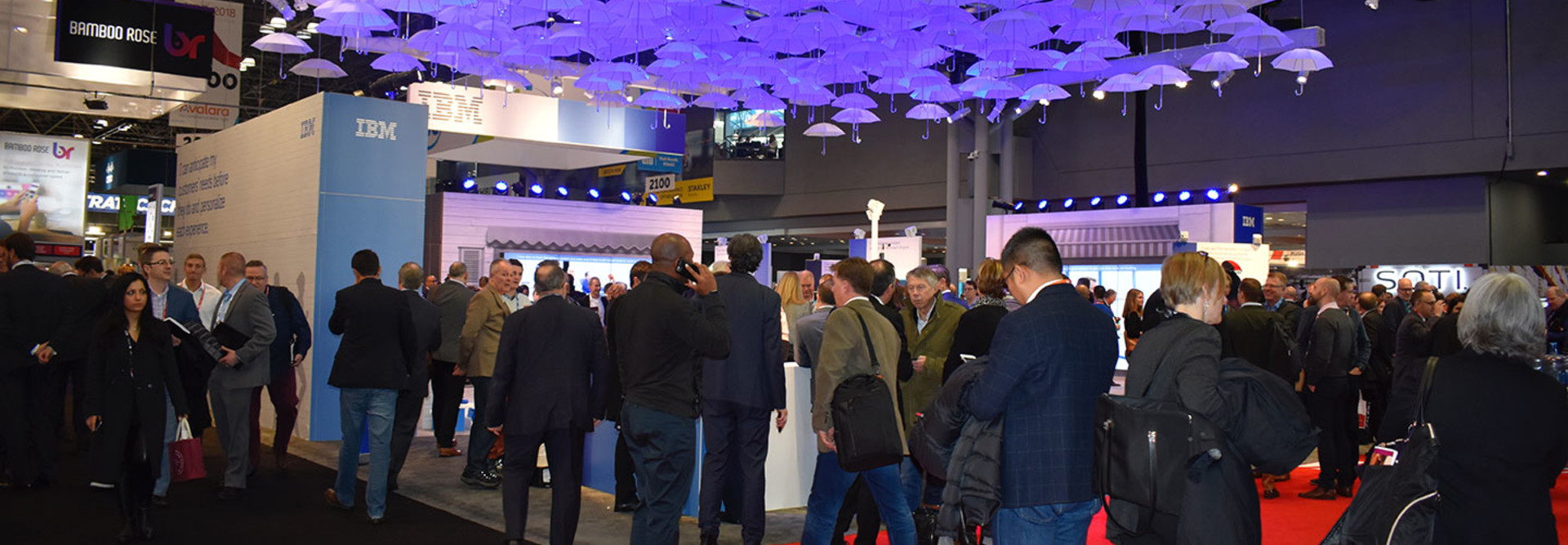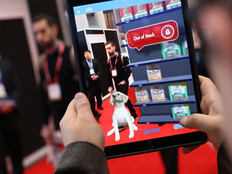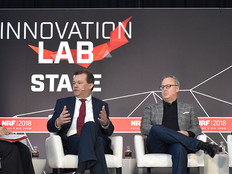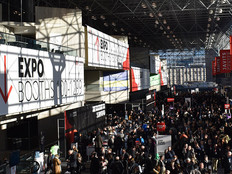NRF: Tech in Physical Retail Stores Must Scale to Succeed
In 2017, store closing announcements more than tripled to about 7,000 — a new record — according to Fung Global Retail and Technology, a retail think tank. Physical retail stores are dead, right? Not so fast, say retail tech experts.
Physical retail stores are open to innovation and to enhancing the customer experience, they say. However, several argued during a session at NRF 2018: Retail’s Big Show in New York City on Jan. 15, technology solutions must solve problems, be scalable and be as complete as possible.
Brian Kavanagh, senior director of insights driven performance and retail evolution at The Hershey Company, said physical retailers must “make the in-store experience something the shopper wants” to take part in.
Technology can help retailers do that, he said. However, there is so much tech out there that brands big and small “can’t try everything and go with every shiny thing.” Tech companies need to understand what is unique about each retailer’s brand proposition and how they approach the market, he said.
SIGN UP: Get more news from the BizTech newsletter in your inbox every two weeks!
Retailers Must Embrace a New Vision
To move into the future, retailers must be willing to let go of the past, the panelists said. Jason Breazeale, senior manager of innovation at Ahold Delhaize, the international food retail group, said retailers need executive leadership that is willing to take risks with technology development. Many retailers, especially larger ones, have big IT teams with an old-fashioned “waterfall” development model, he said.
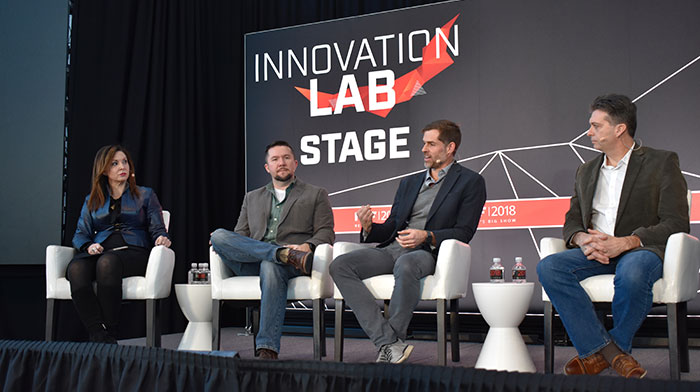
From left: Anne Marie Stephen, Jason Breazeale, Brian Kavanagh and Mike Luzzi discuss technology innovation inside physical stores.
IT teams need to get away from that linear development model and be willing to give apprenticeships to students that will become the next generation of their IT workforce and come up with new solutions, Breazeale said. IT teams need to provide value to the physical retail businesses, he said. They can do so by moving to a more agile development process, rapidly prototyping ideas and delivering value to the business faster.
Mike Luzzi, director of global IT innovation at PepsiCo, agreed with that approach and said that the company works with lots of tech vendors. If a proof of concept succeeds, PepsiCo tries to share the benefits of that experiment across the organization. “There might be numerous other challenges out there that this tech can solve,” he said.
Tech Solutions Need to Scale and Be Complete
At Hershey, the company works with a variety of retailers, from drug stores to big-box retailers and gas station convenience stores, Kavanagh said. Each channel has unique challenges and ways to approach customers, he said. Yet technology solutions that enhance the customer experience must be scalable to thousands of stores across the country. “If we can’t, it’s not worth it to us,” Kavanagh said, explaining that Hershey does not want to roll out tech enhancements to just it’s 10 biggest stores.
Breazeale said Ahold Delhaize has a process by which it “industrializes” IT solutions for its grocery store brands — how it takes them to stores across the countries in which it operates. The company needs to judge its success on how widely it can spread a new solution, he said.
At PepsiCo, Luzzi said the company is using digital signage technology that is smart enough to know who the customer is that is in front of a product display in a store. The company can then analyze that data to know if it is putting the right products in front of the right customers, he said. He also said the company uses Bluetooth Low Energy beacons to send mobile coupons to customers outside of stores or when they walk in to encourage them to buy PepsiCo products.
Enhancing the customer experience is important to physical retailers, but more important is converting foot traffic into sales, Kavanagh said. Brands need to define their success metrics early on: Do they want to get sales conversions, increased time in an aisle or do something else?
Tech solutions for physical stores are proliferating, Breazeale said, noting that there are now numerous solutions that use computer vision and artificial intelligence to analyze store shelves. “Everybody’s got an algorithm,” he said, but very few of these companies understand that many retailers have old surveillance cameras and are not going to install Raspberry Pi-based devices on every store shelf. Without those back-end elements, which include reference agents and image databases, the solution is incomplete, he said.
“If you come to us with a quarter of the solution, for us to find the other three-quarters, it’s going to take some time and we’re probably going to look to someone who has a more complete solution,” he said.
For our full array of articles and videos from the conference, check out BizTech’s coverage of NRF 2018 conference here.



